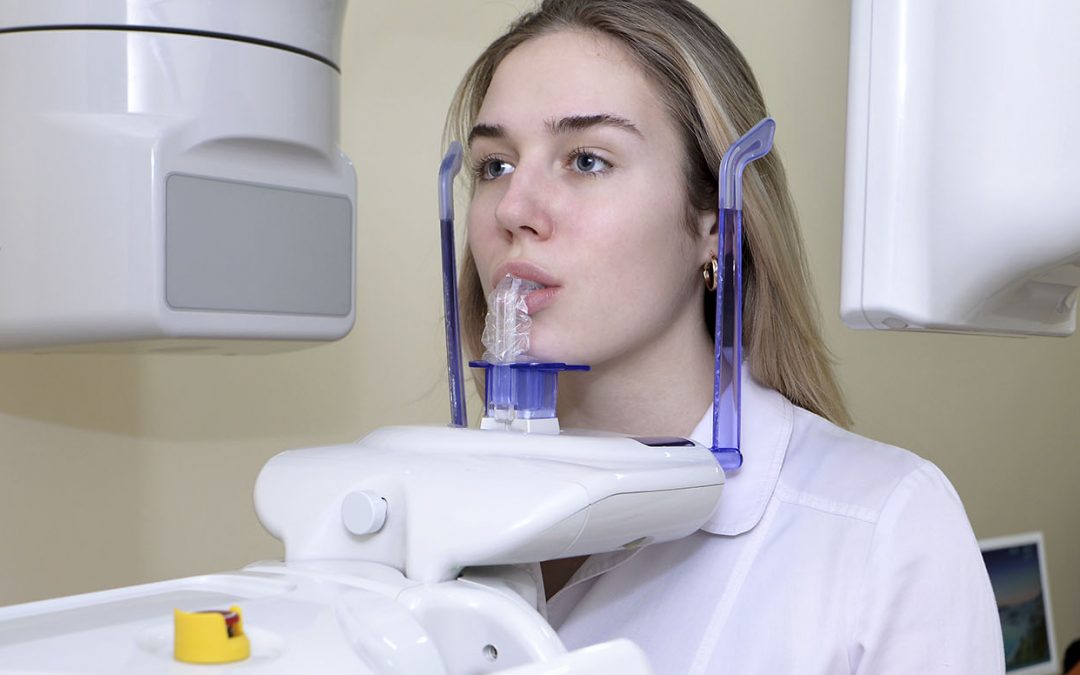ISO 28399 Dental Bleaching Product Efficacy Testing
The ISO 28399 standard provides a methodology for evaluating the efficacy of dental bleaching products in terms of their ability to whiten teeth. This test is crucial for manufacturers and developers of dental products, ensuring that the claims made regarding the whitening effect are accurate and reliable.
Dental bleaching, also known as tooth whitening, involves treatments intended to lighten or brighten natural teeth color using various chemical agents. The ISO 28399 test specifically aims at quantifying the degree of whiteness change in dental structures following exposure to a bleaching agent. This is achieved through standardized procedures that ensure consistent and reproducible results.
The testing process begins with the selection of representative samples, which are typically extracted teeth or artificial tooth models designed to mimic natural human dentition as closely as possible. These specimens undergo pre-treatment assessments to establish their initial color. Afterward, they are exposed to the bleaching agent according to specified conditions outlined in ISO 28399.
Following exposure, post-treatment assessments are conducted using spectrophotometric instruments capable of measuring changes in color parameters such as hue, chroma, and whiteness index. The difference between pre- and post-treatment measurements provides a quantitative measure of the bleaching effect. This approach allows for objective evaluation and comparison across different products.
It is important to note that ISO 28399 focuses on the efficacy aspect rather than safety or other functional properties of dental bleaching products. Compliance with this standard ensures that consumers receive accurate information about the expected whitening results, thereby promoting informed decision-making in oral healthcare practices.
The scope of ISO 28399 includes both peroxide-based and non-peroxide bleaching agents used in dental applications. However, it does not cover over-the-counter consumer products but rather professional-grade solutions intended for use by dentists or under their supervision.
- Industry Applications: Cosmetic dentistry, orthodontic treatments following tooth alignment procedures
- Why Choose This Test: Compliance with international standards, enhanced product reliability, improved customer trust
In conclusion, ISO 28399 dental bleaching product efficacy testing plays a vital role in the development and quality control of dental whitening products. By adhering to this standard, manufacturers can ensure their products meet stringent requirements for effectiveness while maintaining high standards of safety and reliability.
Scope and Methodology
The scope of ISO 28399 encompasses the evaluation of the whitening efficacy of dental bleaching products through standardized procedures. The methodology involves several key steps, including sample preparation, application of the bleaching agent, and measurement of color changes.
- Sample Preparation: Selection of representative samples such as extracted teeth or artificial tooth models
- Bleaching Agent Application: Exposure to the specified bleaching agent according to prescribed conditions
- Color Measurement: Use of spectrophotometric instruments to measure pre- and post-treatment color parameters
The methodology ensures that all tests are conducted under controlled environments, minimizing variability in results. This standardization is crucial for comparing different products consistently.
The acceptance criteria for ISO 28399 include specific ranges within which the measured color changes must fall to be considered effective. These criteria vary depending on the type of bleaching agent and the baseline color of the specimens.
Industry Applications
- Cosmetic dentistry: Enhancing patient satisfaction through improved aesthetics
- Orthodontic treatments: Following tooth alignment procedures to maintain aesthetic outcomes
- Dental hygiene practices: Ensuring consistent performance across different products
- R&D purposes: Developing more effective and safer bleaching agents
- Quality assurance: Verifying product claims made to consumers
- Regulatory compliance: Meeting international standards for dental products
- Patient education: Providing evidence-based information about whitening effects
- Sales promotion: Demonstrating the efficacy of new or existing products in marketing materials
The application of ISO 28399 goes beyond just product development and quality control; it also serves as a tool for educating both healthcare professionals and consumers about the science behind dental whitening.
Why Choose This Test
- Compliance with international standards: Ensures that products meet global quality benchmarks
- Enhanced product reliability: Provides consistent and reproducible results across multiple batches
- Improved customer trust: Builds confidence in the effectiveness of dental bleaching products
- Informed decision-making: Enables healthcare providers to recommend reliable treatments based on scientific evidence
- Competitive advantage: Differentiates between effective and less efficacious products
- Cost savings: Minimizes wasted resources by eliminating ineffective formulations early in development stages
- Regulatory approval: Facilitates smoother compliance processes with regulatory bodies worldwide
- Sustainability: Reduces the environmental impact associated with non-effective products that do not deliver desired outcomes
Choosing ISO 28399 for dental bleaching product efficacy testing offers numerous benefits, making it an essential part of any manufacturer’s quality assurance program.





